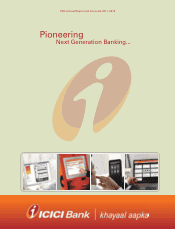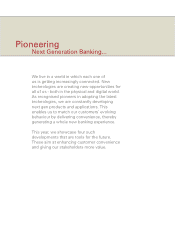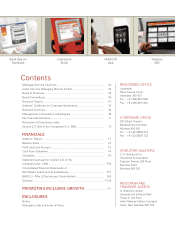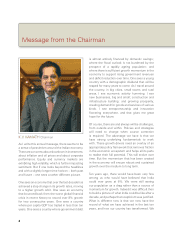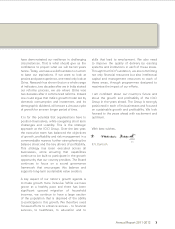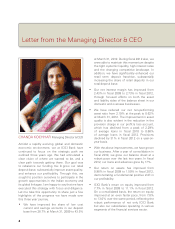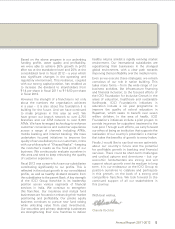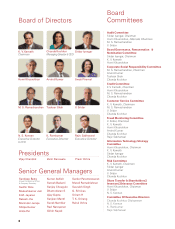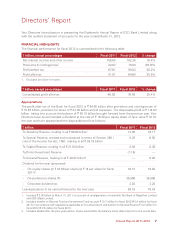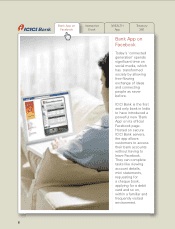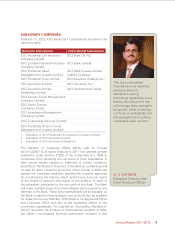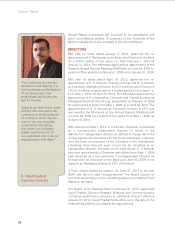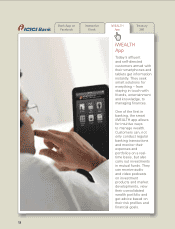ICICI Bank 2012 Annual Report Download - page 4
Download and view the complete annual report
Please find page 4 of the 2012 ICICI Bank annual report below. You can navigate through the pages in the report by either clicking on the pages listed below, or by using the keyword search tool below to find specific information within the annual report.
is almost entirely financed by domestic savings;
where the fiscal outlook is not burdened by the
prospect of a rapidly ageing population; and
where there is sufficient growth momentum in the
economy to support rising government revenues
and deficit reduction over time. One sees a young
country with a demographic dividend that will be
reaped for many years to come. As I travel around
the country, in big cities, small towns and rural
areas, I see economic activity humming. I see
new businesses, big and small; construction and
infrastructure building; and growing prosperity,
creating demand for goods and services of various
kinds. I see entrepreneurship and innovation
flowering everywhere, and that gives me great
hope for the future.
Of course, there are and always will be challenges,
from outside and within. Policies and strategies
will need to change when course correction
is required. The advantage we have is that we
have strong underlying fundamentals to work
with. These growth drivers need an overlay of an
appropriate policy framework that removes friction
in the economic ecosystem and helps all its parts
to realise their full potential. This will evolve over
time. But the momentum that has been created
in the economy will ensure robust and sustained
growth over the medium to long term.
Ten years ago, there would have been very few
among us who would have believed that India
could ever grow at 8%. We were still seeing
our population as a drag rather than a source of
momentum for growth. Indeed it was difficult then
to build a picture of what India could be like after a
decade, and perhaps that scepticism was justified.
What is different now is that we now have the
record of what we have achieved in the last ten
years, and how our country has transformed. We
As I write this annual message, there seems to be
a sense of pessimism around the Indian economy.
There are concerns about slowdown in investment,
about inflation and oil prices and about corporate
performance. Equity and currency markets are
exhibiting high volatility, which is further impacting
sentiment. But if one looks beyond the headlines
and with a slightly longer time horizon – both past
and future – one sees a rather different picture.
One sees an economy that over the last decade has
achieved a step change in its growth rates, moving
to a higher growth orbit. One sees an economy
that bounced back from the worst global financial
crisis in recent history to record over 8% growth
for two consecutive years. One sees a country
where per capita GDP has tripled in less than ten
years. One sees a country where government debt
Message from the Chairman
K.V. KAMATH Chairman
2

